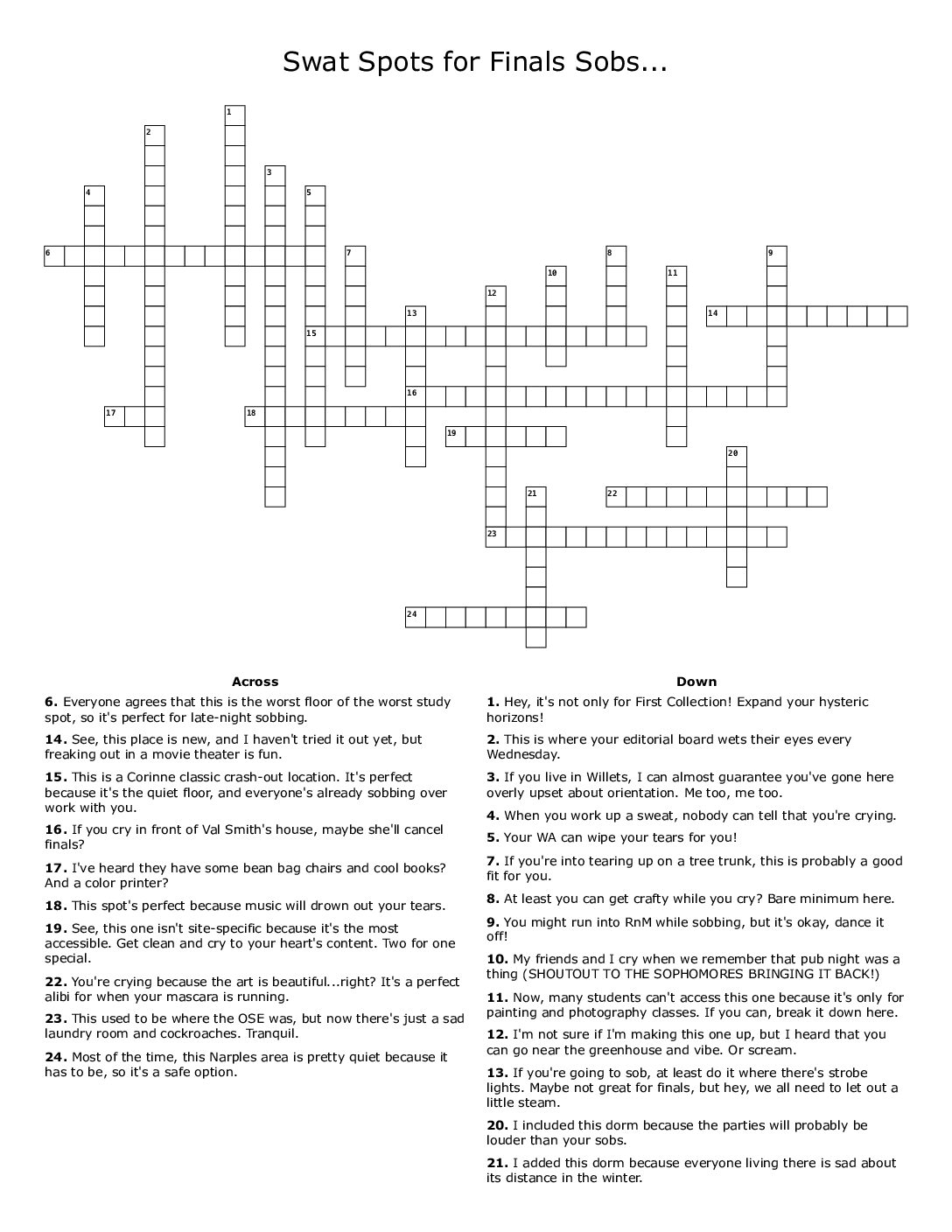On Tuesday, Nov. 14, the Department of Art History held the annual Benjamin West lecture. This year’s speaker, Lia Markey, director of the Center of Renaissance Studies at Newberry Library, argued for the importance of atlases and maps in the creation of colonialist empires.
Markey, a leading scholar on the Global Renaissance, brought to light the international nature of the Renaissance. Traditionally, scholarship focused on the Renaissance as a purely European invention, dividing the period into geographic areas (i.e. Italian Renaissance, French Renaissance, Dutch Renaissance, etc.), ignoring the fact that at this time colonial empires were forming and the “Age of Exploration” was well underway. How is it, then, that art historical research denied the possibility of cultural exchanges during this time?
In her talk, “The Persistent Portolan: Binding the Globe in the Early Modern Mediterranean World,” Markey argued for the importance of maps and cartography in the creation of global empires. Focusing on the Portolan “Atlas Illumination” from Portugal, “Tarih-i Hind-i Garbni” from the Ottoman Empire, and Robert Dudley’s “Dell’Arcano del Mare” from Florence, Markey described the way in which various empires used maps to highlight their global knowledge and access, in regard to the Americas.
Most interesting was Dudley’s “Arcano”. Rather than focusing on providing accurate information on the land, it aimed to accurately depict coastlines. In essence, Dudley aimed to create a map of the sea rather than of the land. Although a global atlas, Dudley added an excess of detail to the maps depicting South America (Maps 13 and 14). These maps are the only two to depict figures of Indigenous groups alongside a higher number of monsters in the sea as compared to the rest of the maps. This, in conjunction with Dudley’s inclusion of tribal names along the coastline, was done in an effort to highlight Dudley’s connection with the land, and to prove that he was there and witnessed this land firsthand.
Markey’s analysis of Renaissance cartography ties in neatly with the desire of regions during the Renaissance to create global empires. Being able to publicly showcase an understanding of a region, by extension, meant that a power had access to the region’s resources, people, and knowledge. Knowledge is power, and to know of a region, in this case, meant to control it. In the case of Dudley’s Arcano, it is important to remember that the Medici family, to whom Dudley was an advisor, never left the Italian peninsula, their kingdom never seeing non-Italian land. They had no claim to the land in the Americas (it is important to note that no other colonial power had a claim to the land). It was through the weaponization of cartography, as Markey importantly highlights in her scholarship, that the Medici were able to create the idea of a global empire without leaving their seat in Florence.
The term “Global Renaissance” is a relatively new one, as it aims to create scholarship that is not Eurocentric in its study of the Renaissance. Rather, it aims to create scholarship that focuses on the cross-cultural connections between regions to understand the way in which the art created during this time had global influences. In being non-Eurocentric, Global Renaissance scholarship has faced a lot of backlash within the art historical canon. However, it is through work done by scholars such as Markey that the concept can become normalized and a more global understanding of the Renaissance understood.
Markey’s research focuses on the cross-cultural exchanges between Italy and the Americas during the Renaissance. In 2016, she published “Imagining the Americas in Medici Florence,” and this year, she collaborated with Noémie Ndiaye to publish “Seeing Race Before Race, Visual Culture and the Racial Matrix in the Premodern World” as a counterpart to the Newberry Library’s current exhibition “Seeing Race Before Race.” This exhibit showcases the roots of racism in the Renaissance, bringing to light the existence and prevalence of non-European individuals within Renaissance imagery and culture.
Bringing Markey in as the Benjamin West lecturer this year shows the Swarthmore art history department’s desire to showcase a worldly curriculum. It is through engaging and highlighting scholars such as Markey that the Eurocentric nature of the field can begin to shift, and in turn bring to light the work and the efforts of the global artistic community.















